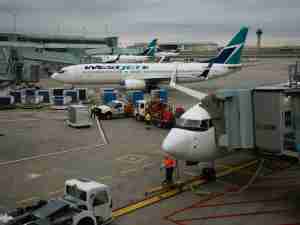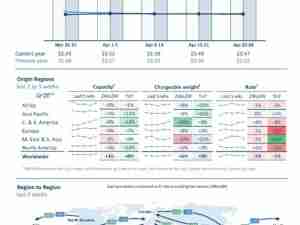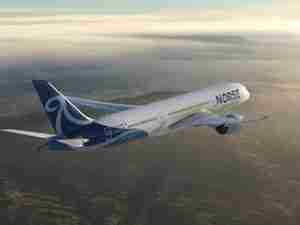Japan’s much-vaunted launch of its flagship rocket was a fizzer — a disappointing result as competition with Elon Musk’s SpaceX intensifies and the island nation looks to expand its defense prowess amid growing geopolitical tensions.
While weather conditions were good, a system malfunction stopped a launch signal from reaching the H3 rocket’s side booster, officials said Friday afternoon. Sparks flew from the craft as it prepared to take off, but spluttered to a halt in seconds.
“We still don’t know exactly what the issue is,” Masashi Okada, project manager of the H3 development team, said during a press conference Friday afternoon, fighting back tears. “Countless people have supported this project and waited patiently for this today. We’re extremely disappointed.”
The malfunction apparently caused a disconnect between the H3’s LE-9 main engine and its SRB-3 side booster, according to JAXA, or the Japan Aerospace Exploration Agency,
“We want to find the problem, fix it and attempt the launch as soon as possible,” Okada said, adding that launching by the end of the year would be ideal.
Mitsubishi Heavy Industries Ltd. spent almost a decade designing and building the H3, a 63-meter-high rocket it says offers a cheaper, more reliable alternative to competitors despite it being for one-time use. Musk’s Space Exploration Technologies Corp.’s has been successfully landing the first stage of its Falcon orbital rockets since 2015.
The H3 was supposed to make its inaugural launch from Tanegashima Space Center, in southwestern Japan, using an explosive 267 tons of vertical force to escape Earth’s gravitational pull and deliver a satellite known as DAICHI-3 into orbit.
The launch was originally scheduled to happen earlier but was postponed twice due to inclement weather. The rocket was also supposed to be introduced late last year but its unveiling was delayed twice due to issues with the main engine, according to JAXA.
The satellite mounted on the rocket is equipped with a multitude of instruments, one of which is a sensor designed to detect missile launches that’s being tested in space for the first time by the Japanese defense ministry.
The H3 replaced the H2-A, which was first introduced in 2001 as the country’s flagship rocket.
As nations race to claim their slice of a growing aerospace market, JAXA said it aims to launch six satellites into space a year for the next two decades.
For a long time, the main issue was price. At about $90 million a launch, the H2-A had a similar payload capacity but came at a greater price than the Falcon 9 booster from SpaceX, which costs $67 million per launch. According to JAXA, launching the H3 once costs $50 million.
While rockets with large payload capacities account for a fraction of the global space economy, the commercial satellite industry generated $386 billion in 2021 and continues to grow, according to data from the Satellite Industry Association.
(Updates comments from news conference.)
©2023 Bloomberg L.P.








